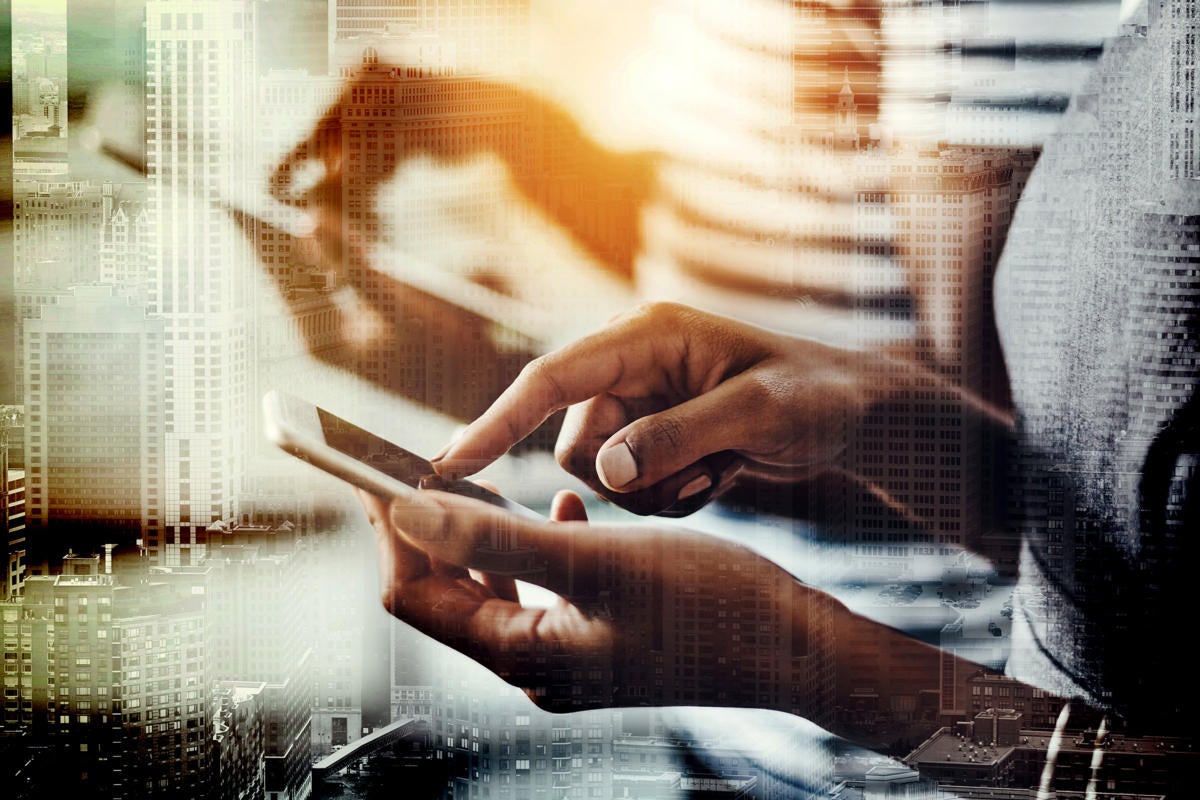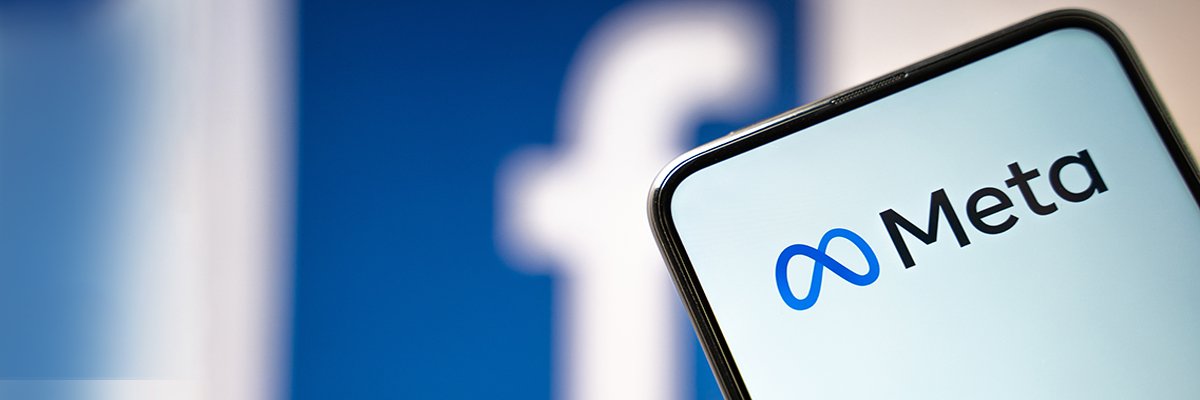Super apps: the next big thing for enterprise IT?

Enterprise super apps will allow employers to bundle the apps employees use
under one umbrella, he said. This will create efficiency and convenience, where
different departments can select only the apps they want, much like a
marketplace, to customize their working experiences. Other advantages of super
apps for enterprises include providing a more consistent user experience,
combating app fatigue and app sprawl, and enhancing security by consolidating
functions into one company-managed app. Gartner analyst Jason Wong said the
analyst firm is seeing interest in super apps from organizations, including big
box stores and other retailers, that have a lot of frontline workers who rely on
their mobile devices to do their jobs. One company that has adopted a super app
to enhance the experience of its frontline workers and other employees is
TeamHealth, a leading physician practice in the US. TeamHealth is using an
employee super app from MangoApps, which unifies all the tools and resources
employees use daily within one central app.
Meta faces GDPR complaint over processing personal data without 'free consent'

The case centres on whether Meta can legitimately claim to have obtained free
consent from its customers to process their data, as required under GDPR, when
the only alternative is for customers to pay a substantial fee to opt out of
ad-tracking. The complaint will be watched closely by social media companies
such as TikTok, which are reported to be considering offering ad-free services
to customers outside the US to meet the requirements of European data protection
law. Meta denied that it was in breach of European data protection law, citing a
European Court of Justice ruling in July 2023 which it said expressly recognised
that a subscription model was a valid form of consent for an ad-funded service.
Spokesman Matt Pollard referred to a blog post announcing Meta’s subscription
model, which stated, “The option for people to purchase a subscription for no
ads balances the requirements of European regulators while giving users choice
and allowing Meta to continue serving all people in the EU, EEA and
Switzerland”.
India’s Path to Cyber Resilience Through DevSecOps

DevSecOps, a collaborative methodology between development, security, and
operations, places a strong emphasis on integrating security practices into the
software development and deployment processes. In India, the approach has gained
substantial traction due to several reasons, including a security-first mindset,
adherence to compliance requirements and escalating cybersecurity threats. A
survey revealed that the primary business driver for DevSecOps adoption is a
keen focus on business agility, achieved through the rapid and frequent delivery
of application capabilities, as reported by 59 per cent of the respondents. From
a technological perspective, the most significant factor is the enhanced
management of cybersecurity threats and challenges, a factor highlighted by 57
per cent of the participants. Businesses now understand the importance of
proactive security measures. DevSecOps encourages a security-first mentality,
ensuring that security is an integral part of the development process from the
outset.
Cybersecurity and Burnout: The Cybersecurity Professional's Silent Enemy
In the world of cybersecurity, where digital threats are a constant, the mental
health of professionals is an invaluable asset. Mindfulness not only emerges as
a shield against the stress and burnout that pose security risks to
organizations, but it also becomes a key strategy to reduce the costs associated
with lost productivity and staff turnover. By adopting mindfulness practices and
preventing burnout, cybersecurity professionals not only preserve their
well-being, but also contribute to a healthier work environment, improve the
responsiveness and effectiveness of cybersecurity teams, and ensure the
continued success of companies in this critical technology field. Cybersecurity
challenges are multidimensional. They cannot be managed in only one dimension.
Mindfulness is an essential tool to keep us one step ahead. By recognizing the
value of emotional well-being in the fight against cyberattacks, we can build a
stronger and more sustainable defense. Cybersecurity is not only a technical
issue, but also a human one, and mindfulness presents itself as a key piece in
this intricate security puzzle.
Will AI replace Software Engineers?

While AI is automating some tasks previously done by devs, it’s not likely to
lead to widespread job losses. In fact, AI is creating new job opportunities for
software engineers with the skills and expertise to work with AI. According to a
2022 report by the McKinsey Global Institute, AI is expected to create 9 million
new jobs in the United States by 2030. The jobs that are most likely to be lost
to AI are those that are routine and repetitive, such as data entry and coding.
However, software engineers with the skills to work with AI will be in high
demand. ... Embrace AI as a tool to enhance your skills and productivity as a
software engineer. While there's concern about AI replacing software engineers,
it's unlikely to replace high-value developers who work on complex and
innovative software. To avoid being replaced by AI, focus on building
sophisticated and creative solutions. Stay up-to-date with the latest AI and
software engineering developments, as this field is constantly evolving. Adapt
to the changing landscape by acquiring new skills and techniques. Remember that
AI and software engineering can collaborate effectively, as AI complements human
skills.
Bridging the risk exposure gap with strategies for internal auditors
Without a strategic view of the future — including a clear-eyed assessment of
strengths, weaknesses, opportunities, threats, priorities, and areas of leakage
— internal audit is unlikely to recognize actions needed to enable success.
There is no bigger threat to organizational success than a misalignment between
exponentially increasing risks and a failure to respond due to a lack of vision,
resources, or initiative. Create and maintain a good, well-documented strategic
plan for your internal audit function. This can help you organize your thinking,
force discipline in definitions, facilitate implementation, and continue asking
the right questions. Nobody knows for certain what lies ahead, and a
well-developed strategic plan is a key tool for preparing for chaos and
ambiguity. ... Companies may have less time than they think to prepare for
compliance, and internal auditors should be supporting their organizations in
getting the right enabling processes and technologies in place as soon as
possible. This will require a continuing focus on breaking down silos and
improving how internal audit collaborates with its risk and compliance
colleagues.
Generative AI in the Age of Zero-Trust

Enter generative AI. Generative AI models generate content, predictions, and
solutions based on vast amounts of available data. They’re making waves not just
for their ‘wow’ factor, but for their practical applications. It’s only natural
that employees would gravitate to the latest technology offering the ability to
make them more efficient. For cybersecurity, this means potential tools that
offer predictive threat analysis based on patterns, provide automatic code
fixes, dynamically adjust policies in response to evolving threat landscapes and
even automatically respond to active attacks. If used correctly, generative AI
can shoulder some of the burdens of the complexities that have built up over the
course of the zero-trust era. But how can you trust generative AI if you are not
in control of the data that trains it? You can’t, really. ... This is forcing
organizations to start setting generative AI policies. Those that choose the
zero-trust path and ban its use will only repeat the mistakes of the past.
Employees will find ways around bans if it means getting their job done more
efficiently. Those who harness it will make a calculated tradeoff between
control and productivity that will keep them competitive in their respective
markets.
Organizations Must Embrace Dynamic Honeypots to Outpace Attackers
There are a number of ways in which AI-powered honeypots are superior to their
static counterparts. The first is that because they can independently evolve,
they can become far more convincing through automatic evolution. This sidesteps
the problem of constantly making manual adjustments to present the honeypot as a
realistic facsimile. Secondly, as the AI learns and develops, it will become far
more adept at planting traps for unwary attackers, meaning that hackers will not
only have to go slower than usual to try and avoid said traps but once one is
triggered, it will likely provide far richer data to defense teams about what
attackers are clicking on, the information they’re after, how they’re moving
across the site. Finally, using AI tools to design honeypots means that, under
the right circumstances, even tangible assets can be turned into honeypots. ...
Therefore, having tangible assets such as honeypots allows defense teams to
target their energy more efficiently and enables the AI to learn faster, as
there will likely be more attackers coming after a real asset than a fake one.
Almost all developers are using AI despite security concerns, survey suggests

Many developers place far too much trust in the security of code suggestions
from generative AI, the report noted, despite clear evidence that these systems
consistently make insecure suggestions. “The way that code is generated by
generative AI coding systems like Copilot and others feels like magic," Maple
said. "When code just appears and functionally works, people believe too much in
the smoke and mirrors and magic because it appears so good.” Developers can also
value machine output over their own talents, he continued. "There’s almost an
imposter syndrome," he said. ... Because AI coding systems use reinforcement
learning algorithms to improve and tune results when users accept insecure
open-source components embedded in suggestions, the AI systems are more likely
to label those components as secure even if this is not the case, it continued.
This risks the creation of a feedback loop where developers accept insecure
open-source suggestions from AI tools and then those suggestions are not
scanned, poisoning not only their organization’s application code base but the
recommendation systems for the AI systems themselves, it explained.
Former Uber CISO Speaks Out, After 6 Years, on Data Breach, SolarWinds

Sullivan says the key mistake he made was not bringing in third-party
investigators and counsel to review how his team handled the breach. "The thing
we didn't do was insist that we bring in a third party to validate all of the
decisions that were made," he says. "I hate to say it, but it's more CYA." Now,
Sullivan advises other CISOs and companies about navigating their
responsibilities in disclosing breaches, especially as the new Securities &
Exchange Commission (SEC) incident reporting requirements are set to take
effect. Sullivan says he welcomes the new regulations. "I think anything that
pushes towards more transparency is a good thing," he says. He recalls that when
he was on former President Barack Obama's Commission on Enhancing National
Cybersecurity, Sullivan was pushing to give companies immunity if they are
transparent early on during security incidents. That hasn't happened until now,
according to Sullivan, who says the jury is still out on the new regulations,
which will require action starting in December.
Quote for the day:
"The distance between insanity and
genius is measured only by success." -- Bruce Feirstein
No comments:
Post a Comment